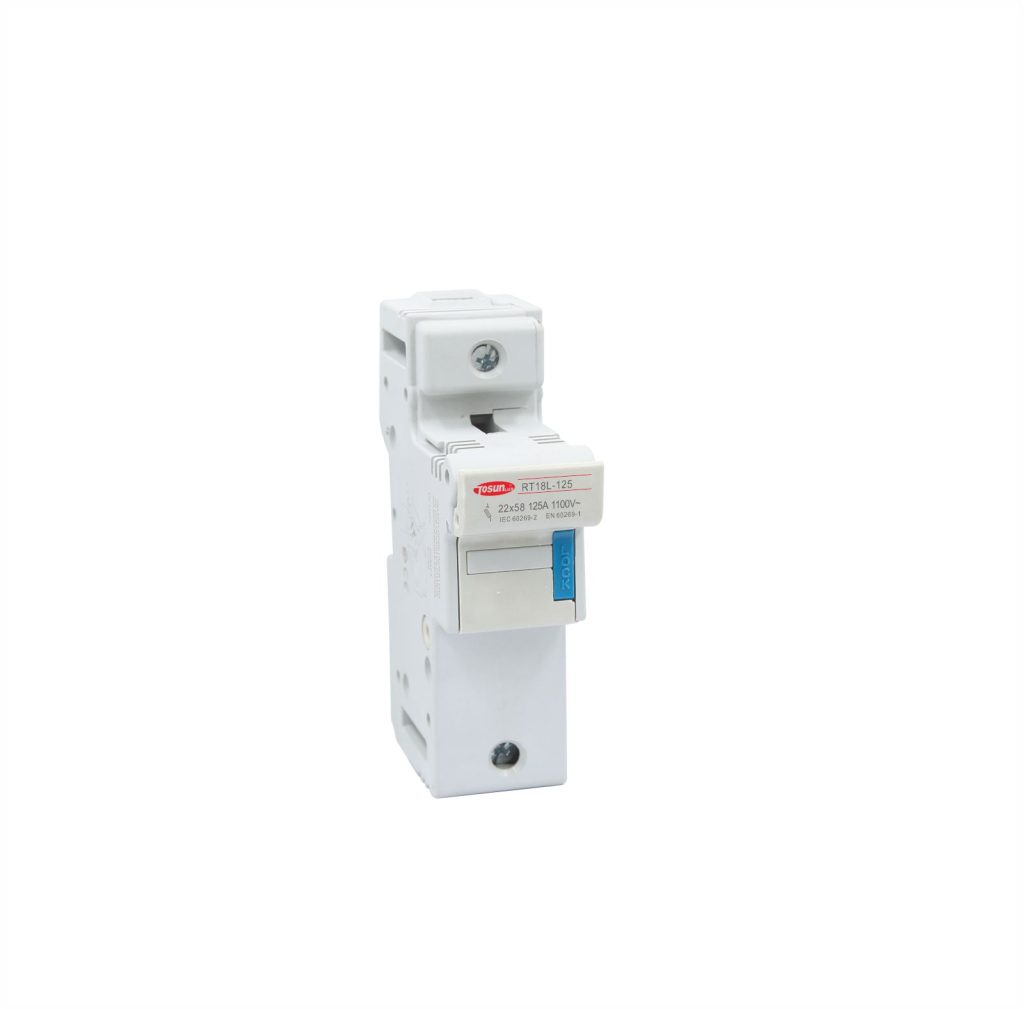How Does Fuse Holder Work?
Table of Contents
ToggleDid you know that the right fuse holder can boost the safety of your electrical systems? Fuse holders are key to protecting circuits and preventing electrical problems. In this article, we’ll explain what fuse holders do, how they differ from circuit breakers, and why choosing the right one is important.
Whether you’re a professional or a hobbyist, understanding these components will help you keep your devices safe and running smoothly. Let’s explore the basics of fuse holders together.
What is a Fuse Holder

A fuse holder is a device designed to safely secure fuses within an electrical circuit. It is typically made of plastic or other non-conductive materials to prevent electrical shocks. Fuse holders come in various types, such as panel-mounted, in-line, and PCB-mounted, each suited for different applications.
The primary purpose of a fuse holder is to hold a fuse in place, allowing it to effectively break the circuit if a power surge occurs. This prevents damage to electrical devices and reduces the risk of fire. For example, a 12-volt fuse holder with a 3-amp fuse can protect low-voltage devices from overcurrent.

Fuse holders are essential for circuit protection, ensuring that fuses can be easily replaced when they blow. They are designed to accommodate a variety of fuse types, such as glass tube or blade fuses, making them versatile components in electrical systems. By using a fuse holder, you can ensure a secure and reliable connection, safeguarding your equipment and providing peace of mind.
How Does a Fuse Holder Work?
A fuse holder is like a safety seatbelt for your electrical circuits. It holds a fuse, which is a small device designed to protect your circuit from too much electricity. When too much current flows through the circuit, the fuse breaks, stopping the flow and preventing damage.
Easy to Understand Steps:
- Holding the Fuse: The fuse holder secures the fuse in place. Think of it as a snug pocket that keeps the fuse from moving around.
- Breaking the Circuit: If there’s a power surge, the fuse “blows” or breaks, cutting off the electricity. This prevents your devices from getting fried.
- Replacing the Fuse: When a fuse blows, you can easily replace it. Just pop out the old one and snap in a new one. It’s like changing a light bulb!
Key Numbers to Remember:
- Voltage Rating: Check the fuse holder’s rated voltage (e.g., 12 volts) to match your device.
- Current Rating: Use a fuse with the right rated current (e.g., 3 amps) for proper protection.
Why It Matters:
Using the right fuse holder ensures your devices are safe and sound. It’s a small component with a big job, keeping your equipment running smoothly and your mind at ease.
Frequently Asked Questions about Fuse Holders
What is a fuse holder called?
A fuse holder is often referred to as a fuse block or fuse carrier. These terms are interchangeable and describe the device that houses and secures fuses within an electrical circuit.
What are the different types of fuse holders?
Fuse holders come in various types, including panel-mounted, in-line, PCB-mounted, and DIN rail-mounted. Each type is designed for specific applications and offers different levels of convenience and protection.
What is the difference between a circuit breaker and a fuse holder?
A circuit breaker is a reusable device that automatically interrupts power flow when a fault is detected, while a fuse holder contains a fuse that must be replaced once it blows. Circuit breakers are generally more expensive but offer the convenience of resetting, whereas fuse holders are often more cost-effective for simple applications.
What is the purpose of the inline fuse holder?
An inline fuse holder is designed to hold a fuse in a line of wiring, providing protection against overcurrent in a specific section of a circuit. It is commonly used in automotive and other low-voltage applications.
How do I select the right fuse holder for my application?
When selecting a fuse holder, consider the rated voltage and current, the type of fuse it accommodates, and the specific application requirements. Ensuring compatibility with your system will provide optimal circuit protection.
Why is it important to use the correct rated voltage and current for a fuse holder?
Using the correct rated voltage and current ensures that the fuse holder can handle the electrical load without risk of failure. This prevents potential damage to your devices and maintains safety within the circuit.
Can a fuse holder be used for both AC and DC applications?
Some fuse holders are designed for both AC and DC applications, but it’s crucial to verify the specifications. Check the manufacturer’s guidelines to ensure compatibility with your specific application.
What are the advantages of using a DIN rail-mounted fuse holder?
DIN rail-mounted fuse holders offer easy installation and integration into control panels. They provide a neat and organized solution for circuit protection, especially in industrial settings.
How often should I check or replace fuse holders?
Regular maintenance and inspection of fuse holders are recommended to ensure they remain in good working condition. Replace any damaged or worn fuse holders promptly to maintain effective circuit protection.
Tel: +86-577-88671000
E-mail: ceo@tosun.com
Skype: tosunelectric
Wechat: +86-139 6881 9286
WhatsApp: +86-139 0587 7291
Address: Room No.1001 Wenzhou Fortune Center,Station Road, Wenzhou, China
REQUEST A QUOTE
WhatsApp us
 : +86-139 0587 7291
: +86-139 0587 7291 English
English Español
Español Русский
Русский Français
Français العربية
العربية Português do Brasil
Português do Brasil Українська
Українська Türkçe
Türkçe Polski
Polski Nederlands
Nederlands Italiano
Italiano Bahasa Indonesia
Bahasa Indonesia हिन्दी
हिन्दी اردو
اردو አማርኛ
አማርኛ Հայերեն
Հայերեն ไทย
ไทย Монгол
Монгол فارسی
فارسی Shqip
Shqip Ελληνικά
Ελληνικά


